Literary rating: ★★★★★
Kick-butt quotient: ☆☆☆☆

 Like “Franklin W. Dixon” and “Carolyn Keene,” “A. W. Hart” is the house pen name assigned by the publisher to all the various authors of individual books in the series of which this novel is the seventh installment. In this case, though, A. W. is actually my Goodreads friend Charles Gramlich (that’s no secret; he’s credited in the “About the Author” note at the book’s end). Although I’d read and liked a couple of his short e-stories previously, I’d never tried any of his long fiction. So, when I saw this novel mentioned in one of his blog posts last year, I was intrigued enough to buy a copy. (Barb and I read it together, since she’s an avid Western fan, and I knew this would be right up her alley.)
Like “Franklin W. Dixon” and “Carolyn Keene,” “A. W. Hart” is the house pen name assigned by the publisher to all the various authors of individual books in the series of which this novel is the seventh installment. In this case, though, A. W. is actually my Goodreads friend Charles Gramlich (that’s no secret; he’s credited in the “About the Author” note at the book’s end). Although I’d read and liked a couple of his short e-stories previously, I’d never tried any of his long fiction. So, when I saw this novel mentioned in one of his blog posts last year, I was intrigued enough to buy a copy. (Barb and I read it together, since she’s an avid Western fan, and I knew this would be right up her alley.)
In choosing to read this installment by itself, I guessed correctly that it can be treated as a standalone. The series premise is explained in passing near the beginning, without needing any burdensome long exposition. Just after the end of the Civil War, then 16-year-old twins George Washington (nicknamed “Reno”) and Sara Bass were orphaned when a band of renegade ex-Confederate soldiers raided the family’s Kansas farm and brutally slaughtered their parents and siblings. The twins’ father, a Lutheran pastor as well as a homesteader, had brought the two up as Christians familiar with the Bible, and also trained them both to handle firearms very capably. He lived long enough after the attack to charge his two surviving kids (they’d been out on the prairie when the raiders struck) to avenge the outrage, and to rid the world of murdering evildoers. After serving justice on their family’s killers in the series opener, they went on to become successful bounty hunters, despite their youth, with their ensuing adventures in the subsequent books each apparently episodic and self-contained (so the series doesn’t have to be read in order).
We’re not given an exact date for the events of this installment, but I’d guess it to be roughly 1867, and the twins’ age by now to be about 18. Our setting here is western Missouri and the Arkansas Ozarks, a region genre fans might not associate with Westerns; but in fact, in real life, this area was as much a frontier as the contiguous Kansas and Indian Territory countryside, there was a lot of movement and economic interchange across the state lines, and lifestyles and attitudes didn’t differ much on either the western or eastern sides. The tale begins in medias res, with our Avenging Angels stealthily closing in on the camp of a band of train robbers. Early on, one of these outlaws will drop the name of Rev. Eli Cable. He’s an apparently mesmerizing and charismatic preacher who’s building his own settlement, New Kingdom, in the Ozarks –and who may or may not be the mastermind behind this train robbery. It’s up to our hero/heroine to find out the truth about that; and naturally, it won’t be a simple matter of just riding up to his door and asking him.
This is a well-plotted, ably written novel, with a fast pace and a lot of action. (There’s no “pornography of violence,” but the body count is high, and gun/knife fight scenes, etc. are described simply and straightforwardly.) Some factors give the book a bit more depth than run-of-the-mill Westerns. Eli Cable is a highly complex character; the author looks realistically at the hatreds and grievances left on both sides in the aftermath of America’s bloodiest war, in an area where the fighting was often up-close and personal guerilla war, without justifying hatred or demonizing all ex-Confederates; and the faith of some of the main characters gives a spiritual dimension to the story. (Gramlich himself isn’t necessarily a Christian now, but he was raised as a Roman Catholic and treats faith sympathetically; the book, and evidently the series as a whole, is Christian-friendly.) What we would today call post-traumatic stress disorder also gets some scrutiny. Besides the Western elements, elements of the mystery genre are also deftly incorporated. Bad language is very minimal; and though there’s mention of rape and prostitution, there’s no sex as such. (Reno’s faithfully given his heart to a young lady back home in Kansas.)
My impression of series written by multiple authors is that the main characters can tend to be drawn quite blandly, with a minimal profile that’s not expanded on, so as not to confuse new-to-the-series writers. (After well over 100 books, for instance, all we really know about the Hardy boys is that Frank’s blonde and Joe’s dark-haired. :-) ) Here, though, both the Bass siblings come across as three-dimensional characters whom we do get to know as persons, not as stock roles; and while they’re twins, they’re not clones of each other. In this particular episode, the demands of the plot give Reno more “screen time” in the middle chapters that make up the longest part of the book; he’d have to be described as the main character. But Sara’s role isn’t negligible; she’s a full (and lethal) participant in the many fight scenes, recognized by Reno as smarter and deadlier than he is, and I’d also judge her to be faster and more adept with a pistol than he is (though she admits he’s better at handling a long gun). Both are likable, but she comes across as the more reserved of the two, and also as the one who still has the most anger over the tragic fate of their family.
This would be a quick read if you had a normal amount of time for reading (with our “car books,” of course, Barb and I don’t, hence the long time it took us!), and I think most genre fans would find it enough of a page-turner to make their reading sessions as long as possible. I’m not looking to get drawn into another long series right now, and investigated this volume only because I know the author (electronically); but it made enough of a favorable impression that, if I had handy access to other books in the series, I’d definitely check them out too!
Author: A.W. Hart
Publisher: Wolfpack Publishing, available through Amazon, both as a paperback and an e-book
7 of 12 in the Avenging Angels series.





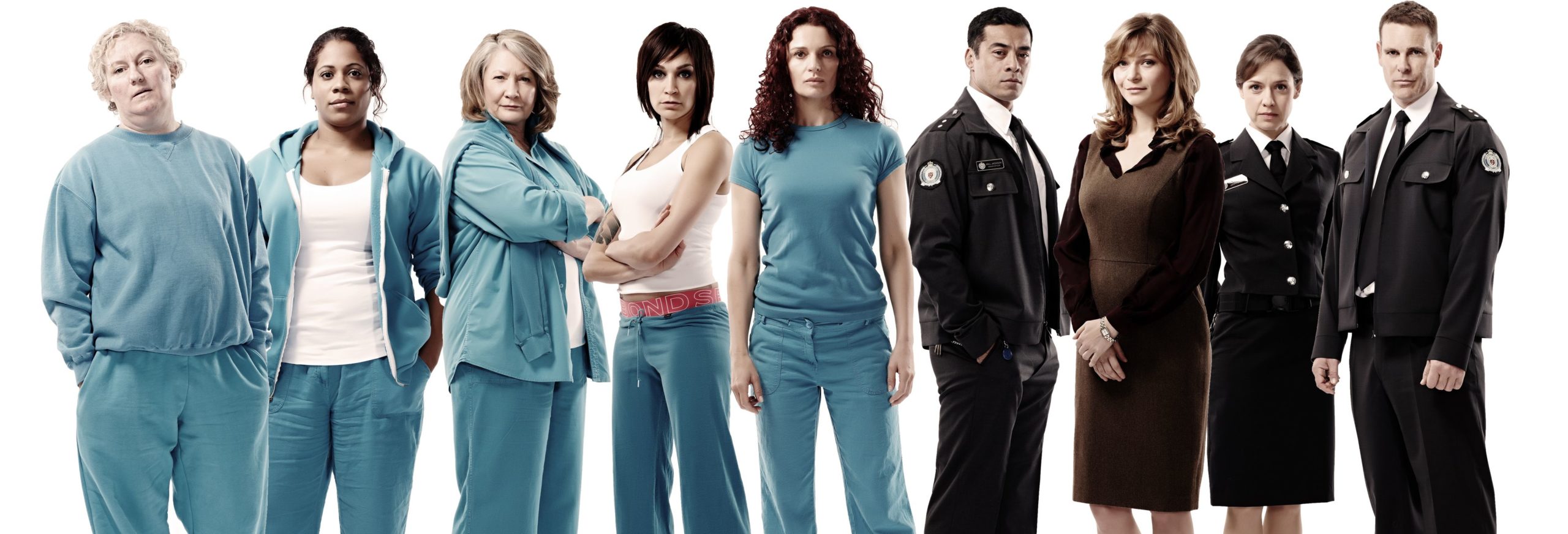 ★★★★
★★★★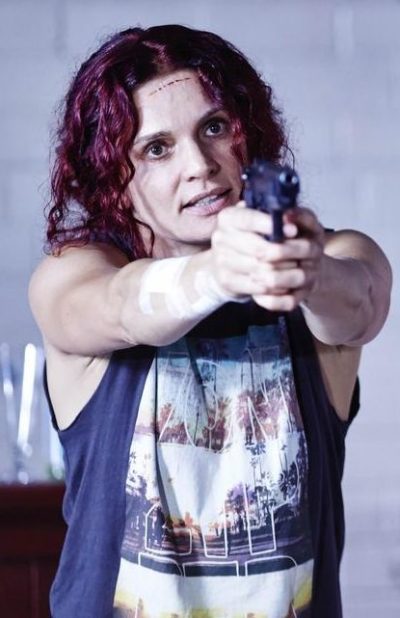 It spawned local remakes in a number of countries. The Dutch was the most successful, running for four seasons, but Belgium, Germany and Turkey also took the show and recreated it. [Here is as good a place as any to mention that back in 1982, there was a male spin-off of the original show called Punishment. Though it lasted only one season, the cast included some guy called Mel Gibson…] Indeed, the Turkish one, known on Netflix as The Yard, was
It spawned local remakes in a number of countries. The Dutch was the most successful, running for four seasons, but Belgium, Germany and Turkey also took the show and recreated it. [Here is as good a place as any to mention that back in 1982, there was a male spin-off of the original show called Punishment. Though it lasted only one season, the cast included some guy called Mel Gibson…] Indeed, the Turkish one, known on Netflix as The Yard, was 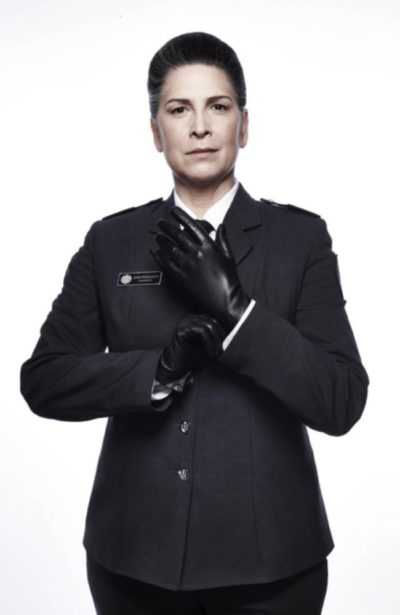 One such was the character mentioned above: Joan Ferguson (Rabe), known as ‘The Freak’ (left). She joined the show as the new governor of Wentworth in season 2, and was, to be blunt, a clinical psychopath, devoid of empathy and incredibly manipulative. She was also very smart, a lethal combination. However, it’s not enough to save her from ending up a prisoner in the jail herself. The first episode of season 5, where Ferguson is released into the general population was, for me, peak Wentworth, and one of the best 45 minutes of television I’ve seen, in any genre.
One such was the character mentioned above: Joan Ferguson (Rabe), known as ‘The Freak’ (left). She joined the show as the new governor of Wentworth in season 2, and was, to be blunt, a clinical psychopath, devoid of empathy and incredibly manipulative. She was also very smart, a lethal combination. However, it’s not enough to save her from ending up a prisoner in the jail herself. The first episode of season 5, where Ferguson is released into the general population was, for me, peak Wentworth, and one of the best 45 minutes of television I’ve seen, in any genre.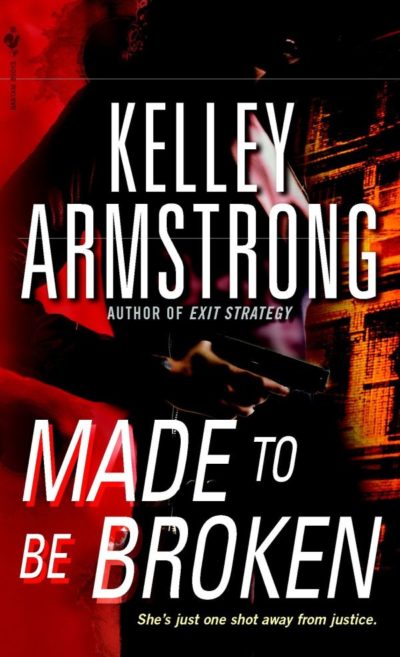 Even with her off-the-books side income, Nadia can’t afford to pay more than a tiny staff at her guest lodge; but out of kindness, she’s given a job as assistant housekeeper to a 17-year-old girl from the nearby small town of White Rock, Sammi Ernst. Sammi’s foul-mouthed, barely literate, and has a chip on her shoulder; the latter isn’t surprising, given her life situation. She’s the out-of-wedlock daughter of Janie Ernst. Both women are widely looked down on in the community –Janie because she’s a drunken, mean-tempered, self-centered deadbeat, and Sammi mainly because she has Janie for an (abusive) mother. Also a single mom herself, Sammi’s not promiscuous like Janie (she had a single affair, with a visiting rich college kid who wasn’t interested in marriage or fatherhood, and left her to bear his unacknowledged daughter alone); and also unlike her own mom, she genuinely loves baby Destiny, and wants to work to support her, rather than making a dead-end career out of welfare dependency as Janie has.
Even with her off-the-books side income, Nadia can’t afford to pay more than a tiny staff at her guest lodge; but out of kindness, she’s given a job as assistant housekeeper to a 17-year-old girl from the nearby small town of White Rock, Sammi Ernst. Sammi’s foul-mouthed, barely literate, and has a chip on her shoulder; the latter isn’t surprising, given her life situation. She’s the out-of-wedlock daughter of Janie Ernst. Both women are widely looked down on in the community –Janie because she’s a drunken, mean-tempered, self-centered deadbeat, and Sammi mainly because she has Janie for an (abusive) mother. Also a single mom herself, Sammi’s not promiscuous like Janie (she had a single affair, with a visiting rich college kid who wasn’t interested in marriage or fatherhood, and left her to bear his unacknowledged daughter alone); and also unlike her own mom, she genuinely loves baby Destiny, and wants to work to support her, rather than making a dead-end career out of welfare dependency as Janie has.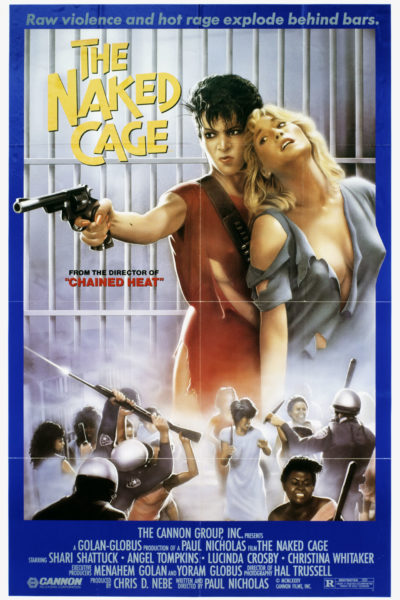
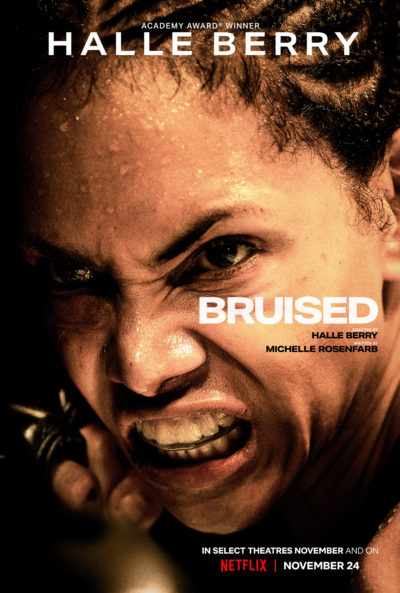 Halle Berry was born the same year I was. There is, however, just one of us that is capable of convincingly playing the role of a mixed martial artist. To give you another yardstick, the lead in this was originally going to go to Mrs. Ryan Reynolds, Blake Lively (
Halle Berry was born the same year I was. There is, however, just one of us that is capable of convincingly playing the role of a mixed martial artist. To give you another yardstick, the lead in this was originally going to go to Mrs. Ryan Reynolds, Blake Lively (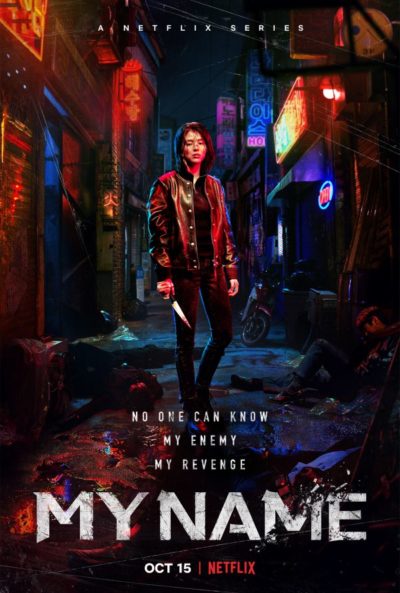
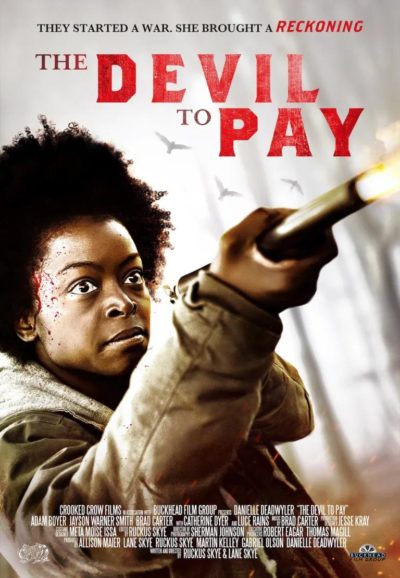
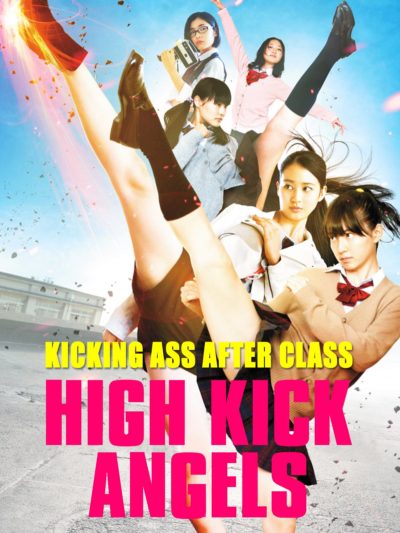
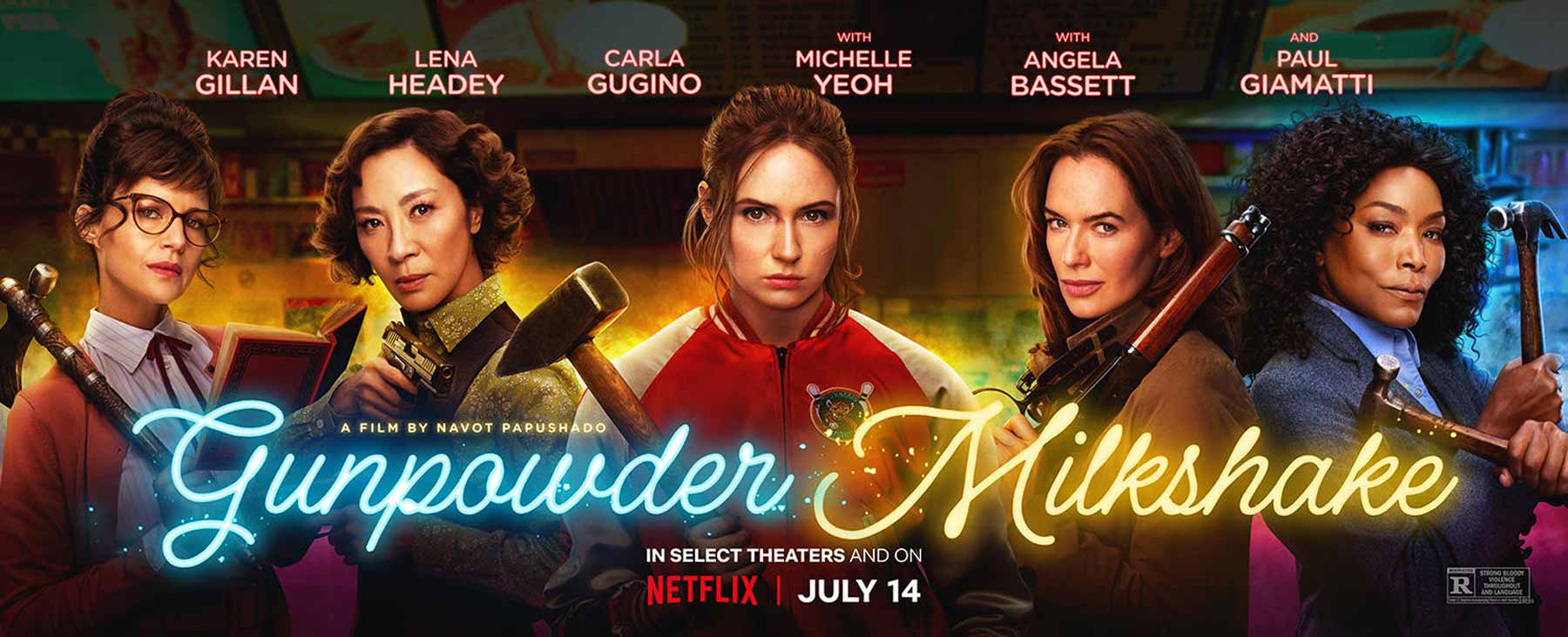 ★★★★
★★★★ Said protagonist is Sam (Gillan), a killer with abandonment issues ever since her mom (Lena Headey) walked out on her, fifteen years earlier. Sam is tasked by her employer, Nathan (Giamatti), with recovering a haul of stolen cash. But she finds the thief was coerced into action, after his eight-year-old daughter (“8¾!”, as we are reminded on several occasions), Emily, was kidnapped. Likely reminded of her younger self, Sam takes custody of Emily, though the cash is destroyed in the process. This, and a previous job where she killed the son of a very important person, makes her persona non grata, and the hunter becomes the hunted.
Said protagonist is Sam (Gillan), a killer with abandonment issues ever since her mom (Lena Headey) walked out on her, fifteen years earlier. Sam is tasked by her employer, Nathan (Giamatti), with recovering a haul of stolen cash. But she finds the thief was coerced into action, after his eight-year-old daughter (“8¾!”, as we are reminded on several occasions), Emily, was kidnapped. Likely reminded of her younger self, Sam takes custody of Emily, though the cash is destroyed in the process. This, and a previous job where she killed the son of a very important person, makes her persona non grata, and the hunter becomes the hunted.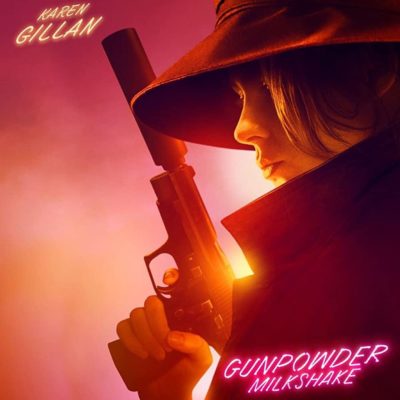 It is notable that the film is split firmly along gender lines. with every one of the protagonists being women, and every one of the antagonists being men. However, it’s fortunate that seem largely to be about the extent of the messaging, and nobody particularly pays attention to this. Everyone is kept quite busy trying to kill each other. It’s also a bit less of an ensemble piece than I expected from the trailer. Especially in the first half, it’s Sam vs. the World, with the Librarians introduced, and then shuffled off to one side until Sam is ultimately forced to turn to them for help. That’s not particularly a criticism. I like Gillan, who was born about 25 miles from where I was, so is likely the nearest I have to a local action heroine. She can carry a film perfectly well, even if I’d rather have heard her natural Scots accent.
It is notable that the film is split firmly along gender lines. with every one of the protagonists being women, and every one of the antagonists being men. However, it’s fortunate that seem largely to be about the extent of the messaging, and nobody particularly pays attention to this. Everyone is kept quite busy trying to kill each other. It’s also a bit less of an ensemble piece than I expected from the trailer. Especially in the first half, it’s Sam vs. the World, with the Librarians introduced, and then shuffled off to one side until Sam is ultimately forced to turn to them for help. That’s not particularly a criticism. I like Gillan, who was born about 25 miles from where I was, so is likely the nearest I have to a local action heroine. She can carry a film perfectly well, even if I’d rather have heard her natural Scots accent.
















